Mazda’s joint venture with Changan Automobile will export its Mazda 6e electric vehicle (EV) to Europe this year, in the face of EU tariffs on Chinese EV imports.
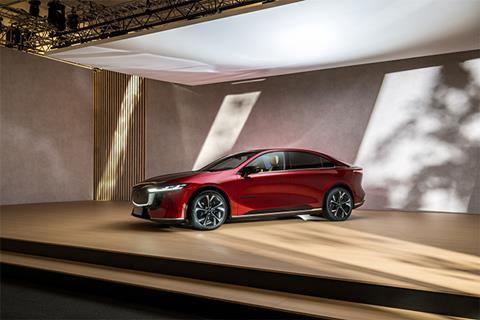
Mazda is planning to export a battery electric vehicle (BEV) made with Changan Automobile from China to Europe from summer 2025, despite the tariffs currently imposed on China BEVs by the European Union.
The Mazda 6e EV was revealed at the Brussels Motor Show on January 10 and is based on the Mazda EZ-6.
Mazda has had a joint venture with Changan Automobile for 20 years, principally making Mazda passenger cars for the Chinese market from its factory in Nanjing. Now it will also be making the Mazda 6e, which is designed for the European market.
The decision to go ahead with the export plan comes despite the EU voting in October last year to increase tariffs on the import of Chinese EVs for at least five years following a European Commission anti-subsidy investigation that concluded Chinese EV prices were being distorted by state support and were a threat to BEV makers in the EU.
A spokesperson for Mazda said that the announcement of additional European tariffs on Chinese-produced BEVs has undoubtedly changed the financial landscape but added that while it presents new challenges, Mazda remained committed to launching its vehicles at a competitive price. “Despite the impact of these tariffs, we will proceed with our plans and continue to provide our customers with high-quality products that deliver value,” said the spokesperson.
Like other carmakers selling cars in Europe, Mazda has to meet EU mandates on emission standards or face fines. From 2025, EU-wide CO2 reduction targets for all new passenger vehicles are being increased to 93.6g/km until 2029. They will then increase again to 49.5g/km from 2030 to 2034, ultimately aiming at 0g/km from 2035.
In terms of transporting the vehicles from China to Europe Mazda in Japan is responsible for arranging the shipments and aims to aim to consolidate them as much as possible with exports from Japan to take advantage of existing shipping lines. “Once the cars reach Europe, Mazda Motor Logistics Europe will integrate them into the existing distribution flow of other car lines, ensuring delivery to dealers across Europe,” said the spokesperson. The company will use the same European ports currently in operation: Antwerp, Zeebrugge and Barcelona for the EU, and Bristol for the UK once right-hand drive models become available.
In terms of supporting aftermarket services Mazda said it will leverage its extensive and well-established dealership network across Europe.
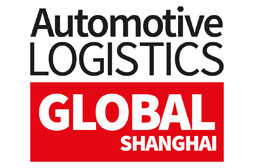


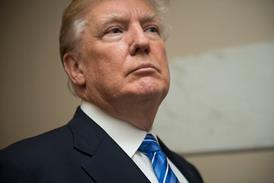



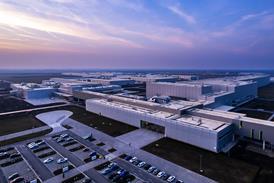
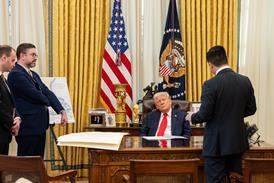
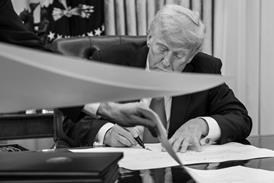
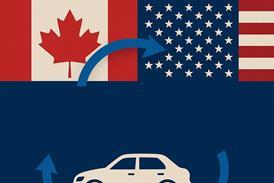



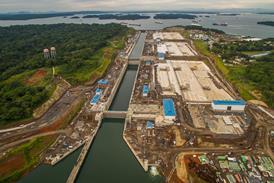









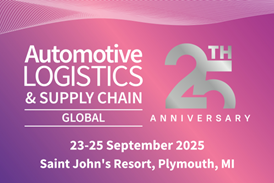
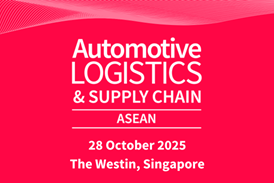
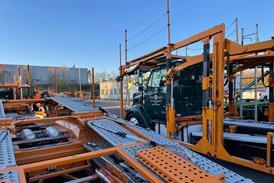

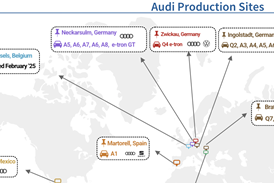
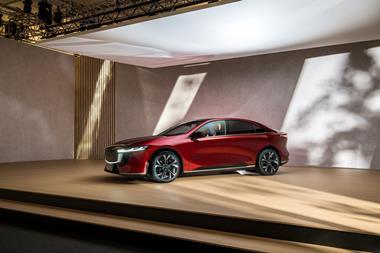
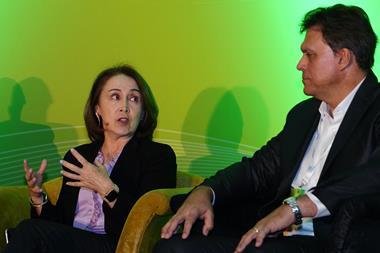


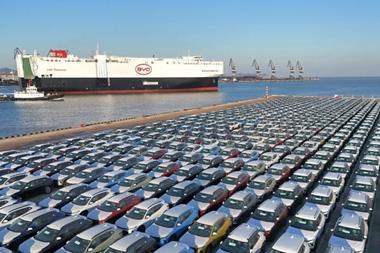




No comments yet